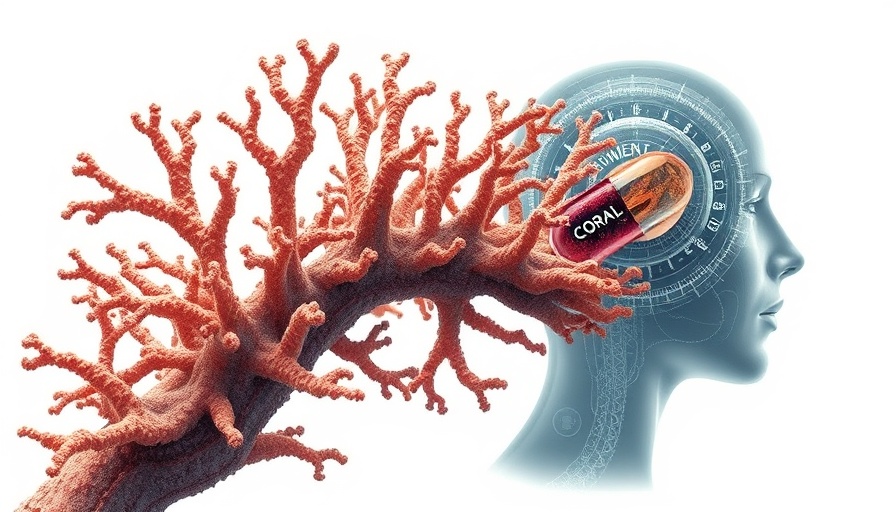
The Promise of Non-Hormonal Treatments for Menopause
A groundbreaking development from the University of California, San Diego, presents a new hydrogel designed specifically for vaginal tissues, promising relief from symptoms associated with menopause. As millions of women face the uncomfortable realities of vaginal dryness and pain, often linked to genitourinary syndrome of menopause (GSM), this innovative solution could offer a hormone-free alternative that is both effective and safe.
Understanding GSM and Its Impact on Women's Lives
Genitourinary syndrome of menopause affects approximately 85% of women over 40, with a significant percentage experiencing challenges that interfere with daily activities. These include difficulty sleeping, reduced sexual desire, and a general sense of discomfort. Despite the availability of treatments, a staggering 65% of women express dissatisfaction with current therapeutic options, highlighting a critical gap in effective menopause care.
The Science Behind the Hydrogel Treatment
The innovative hydrogel works by targeting the vaginal tissues that thin out due to hormonal changes after menopause. Traditional treatments, primarily low-dose vaginal estrogen therapy, may not adequately address deeper smooth muscle tissue, which is essential for maintaining healthy vaginal function. In contrast, the new hydrogel shows promise in more comprehensively addressing the symptoms by simulating the natural extracellular matrix of the vagina, potentially restoring not just superficial but deeper vaginal health.
A Public Health Crisis: The Need for Investment
As Dr. Marianna Alperin points out, the influx of menopausal women—estimated at 47 million annually in the U.S.—underlines the urgent need for investment in treatments that effectively address GSM. The current public health issues around menopause are serious and cannot be overlooked, considering the significant number of women who experience these changes. Addressing their needs will not only improve their quality of life but also reduce the socio-economic burden of GSM on society.
Forward-Looking Perspectives: Lessons and Future Trends
As we look to the future, the emergence of innovative materials such as this hydrogel represents a shift towards more woman-centered healthcare solutions. The development of non-hormonal therapies could pave the way for personalized medicine options that consider not just aging but the individual needs and preferences of women. This approach could facilitate dialogues aimed at destigmatizing menopause and push for more research and funding into women's health.
Empowering Women through Knowledge
Understanding the implications of evolving treatments is crucial for women experiencing menopause. Women should be informed of their options and encouraged to advocate for their health regardless of societal pressures. The emergence of insights like those from UC San Diego can empower women to discuss openly about menopause with their healthcare providers, ensuring their needs are met adequately.
In conclusion, the introduction of a non-hormonal hydrogel is more than just a scientific advancement—it signifies a potential shift in how women's health, particularly post-menopausal care, is approached. As we continue to support developments in this field, it is essential to ensure that these innovations reach those they are designed to help most effectively. Stay informed, discuss your health options, and engage with healthcare providers to understand how new treatments might benefit you.
 Add Row
Add Row  Add
Add 




Write A Comment